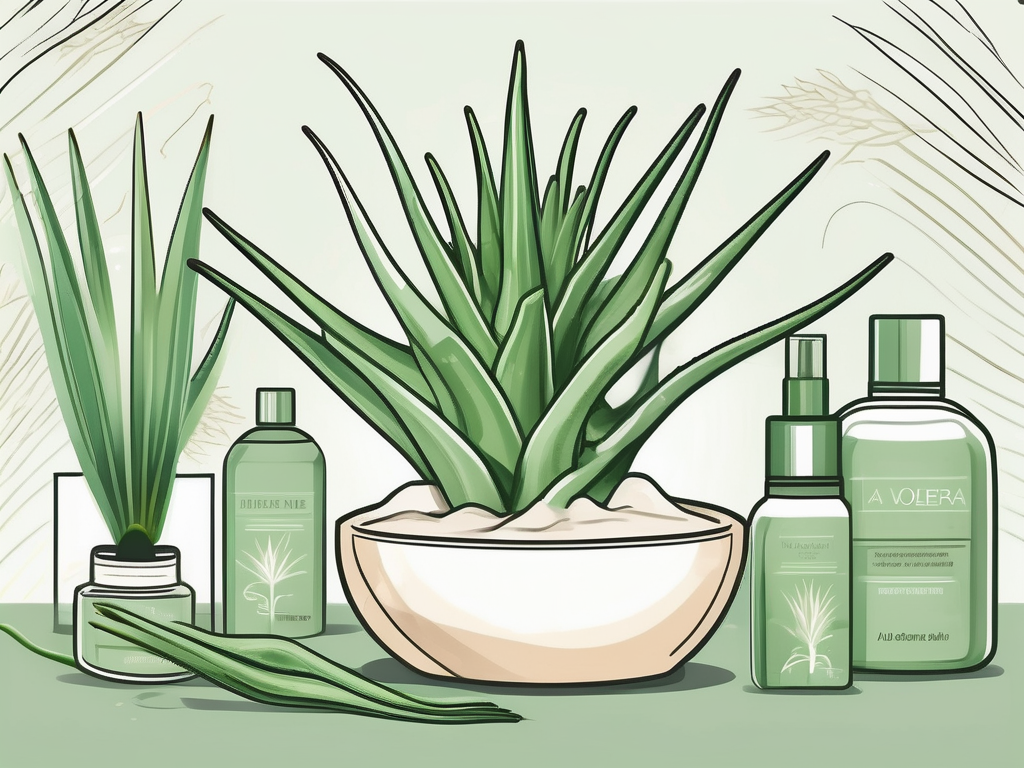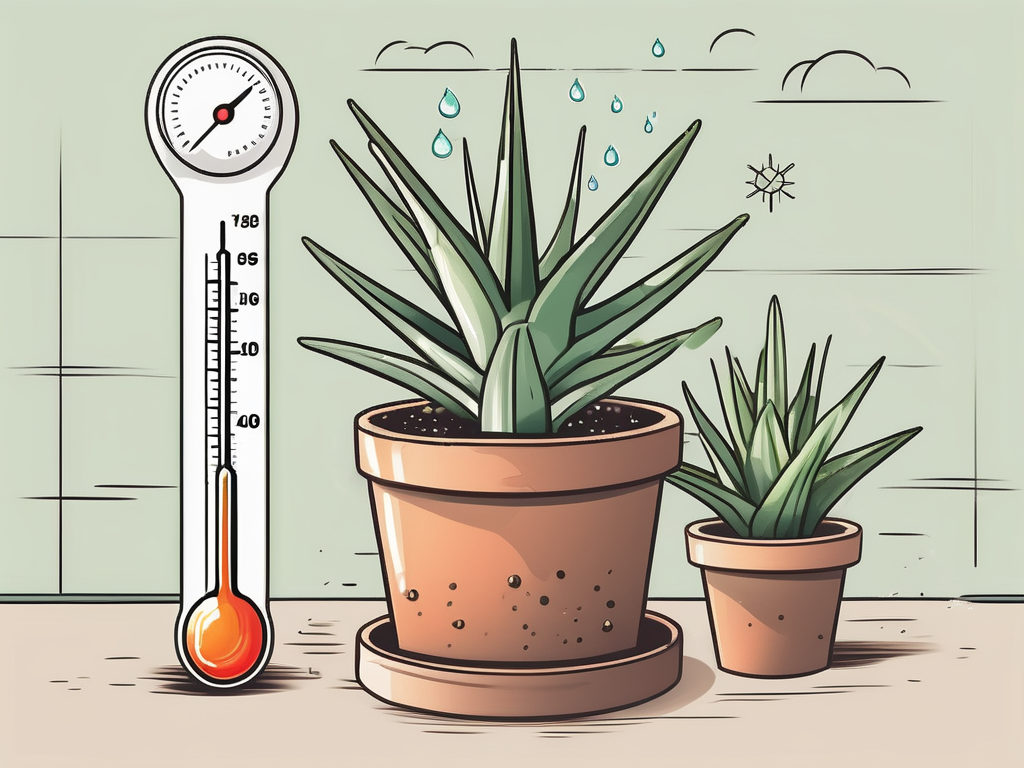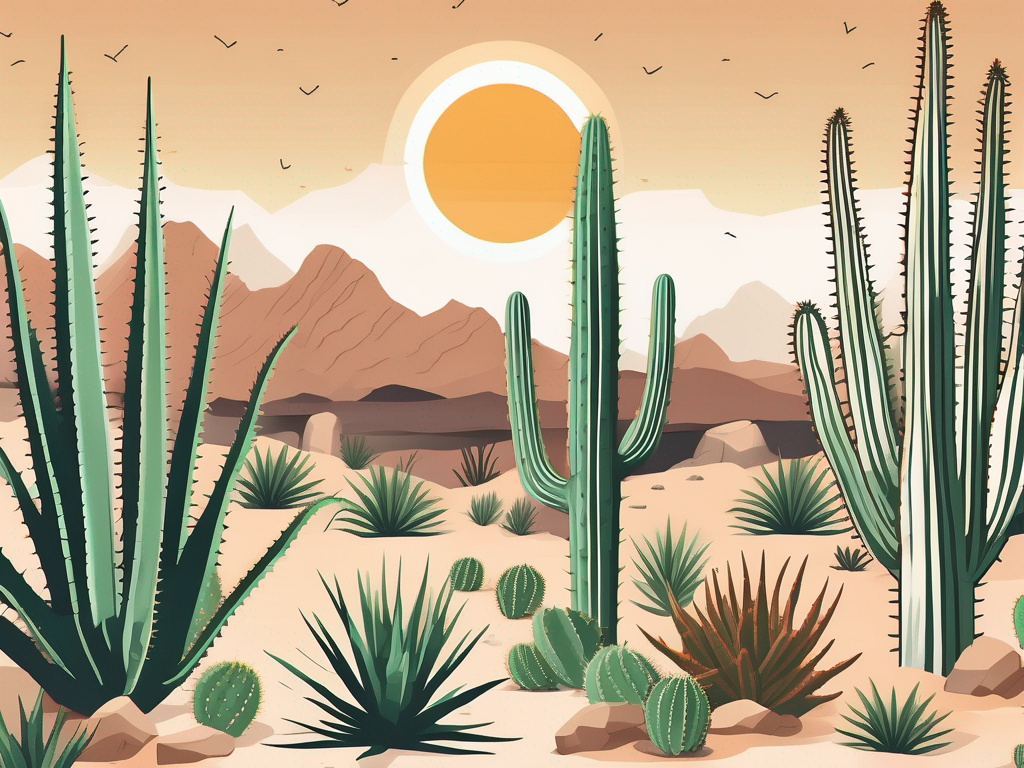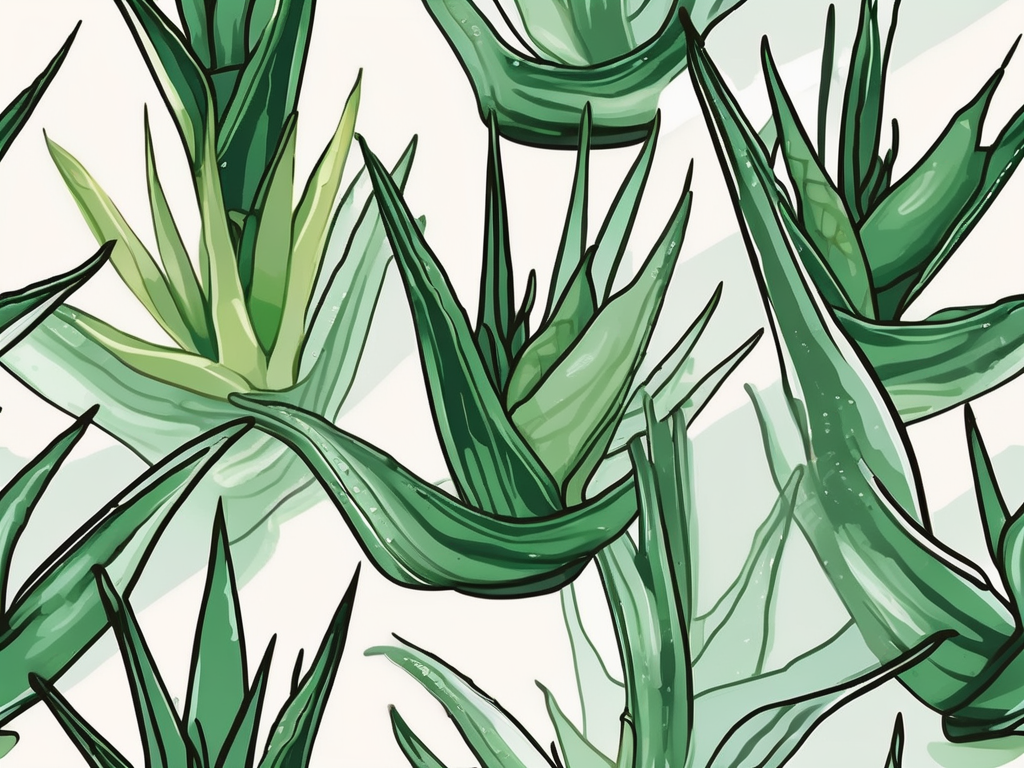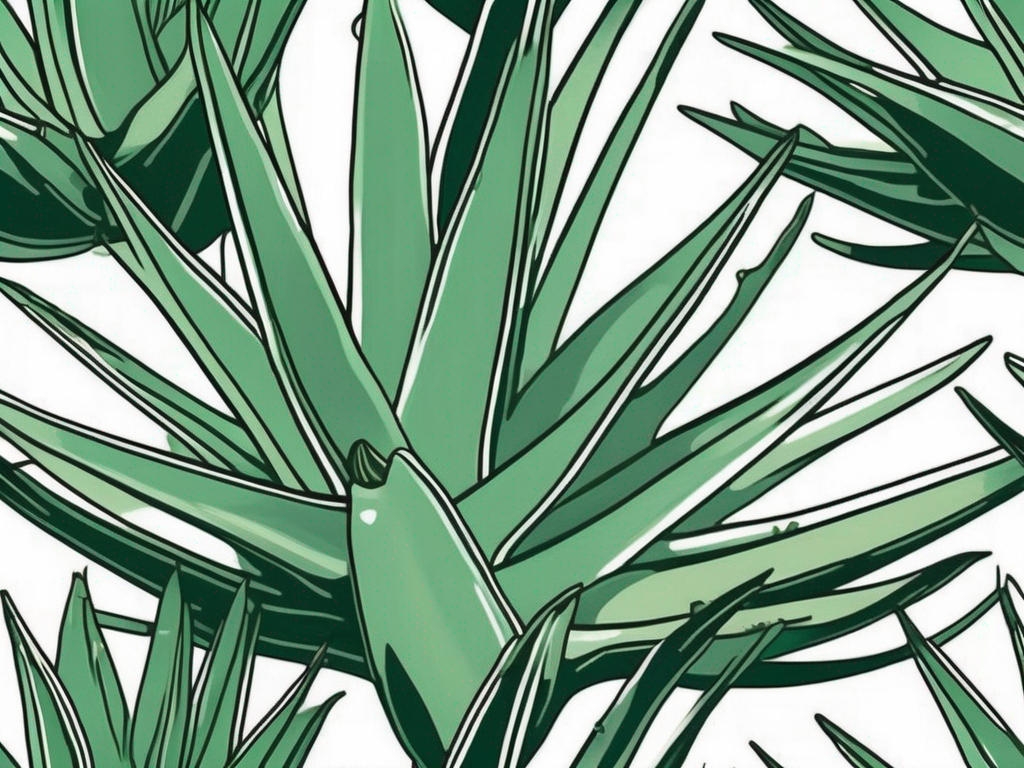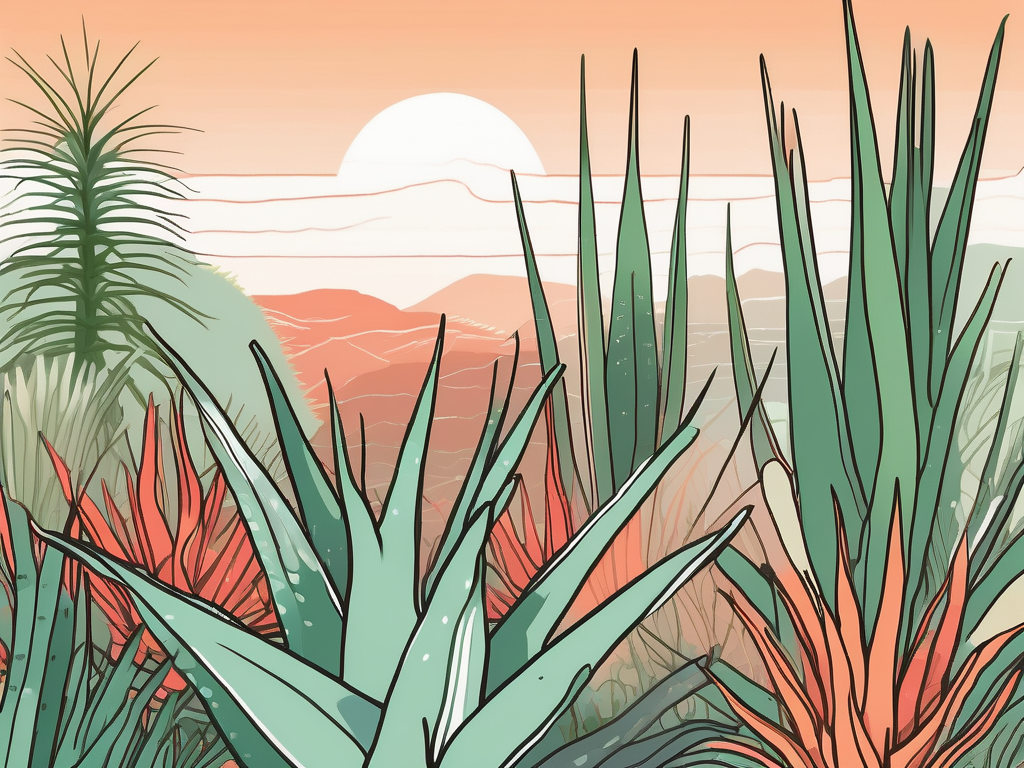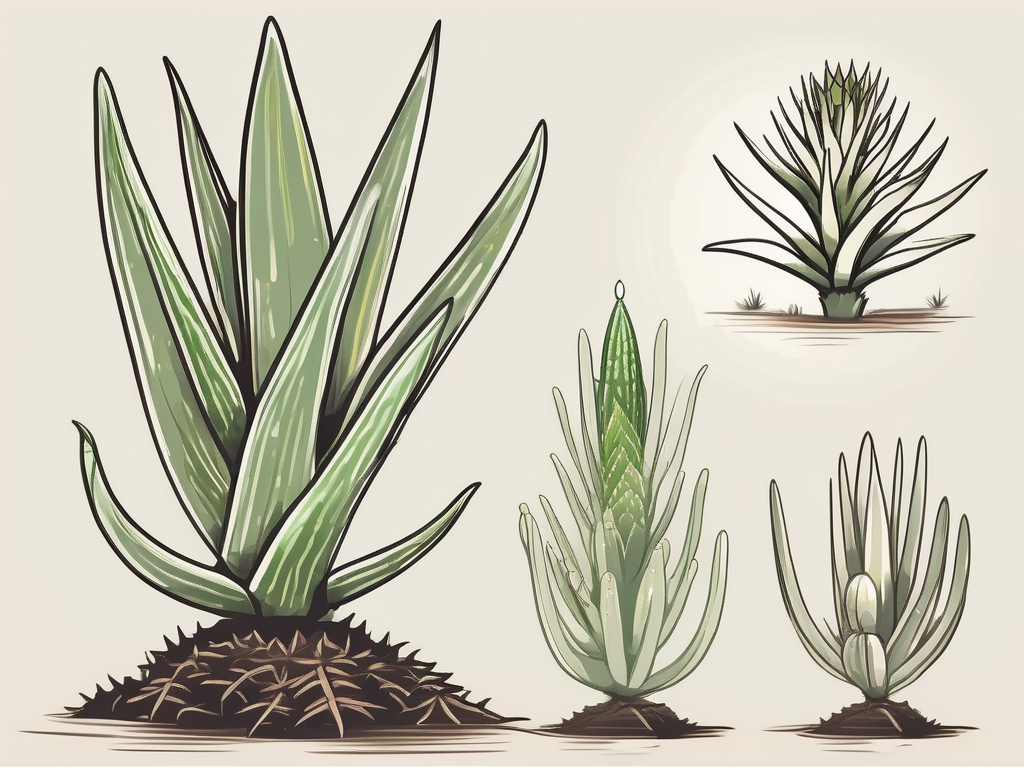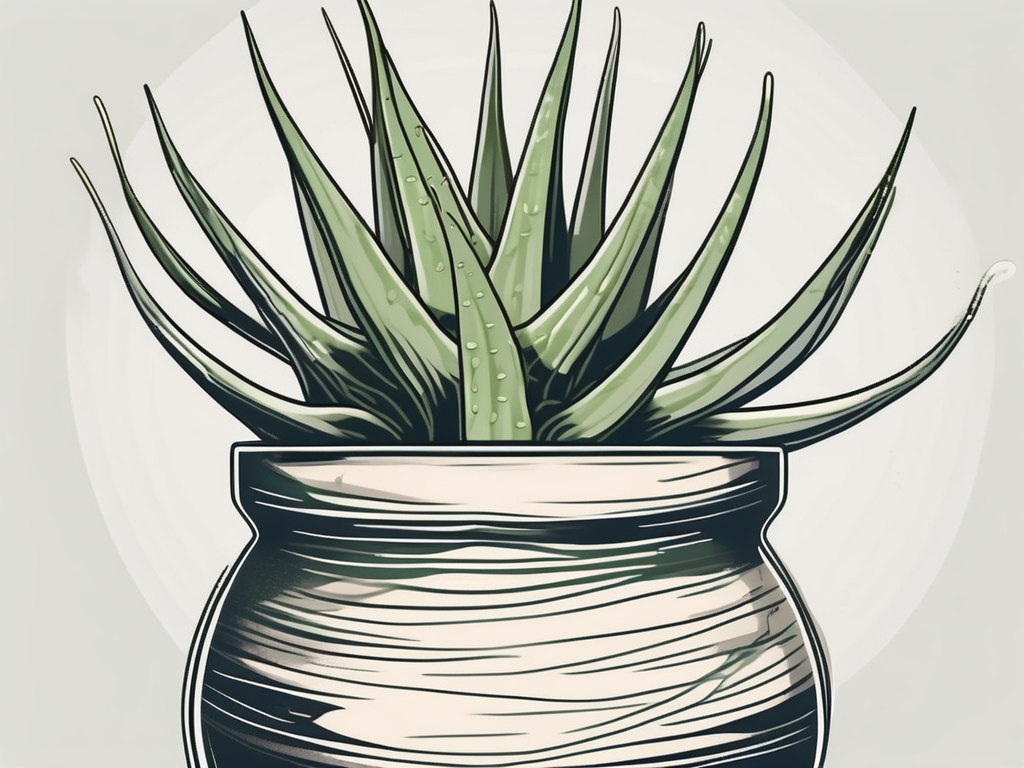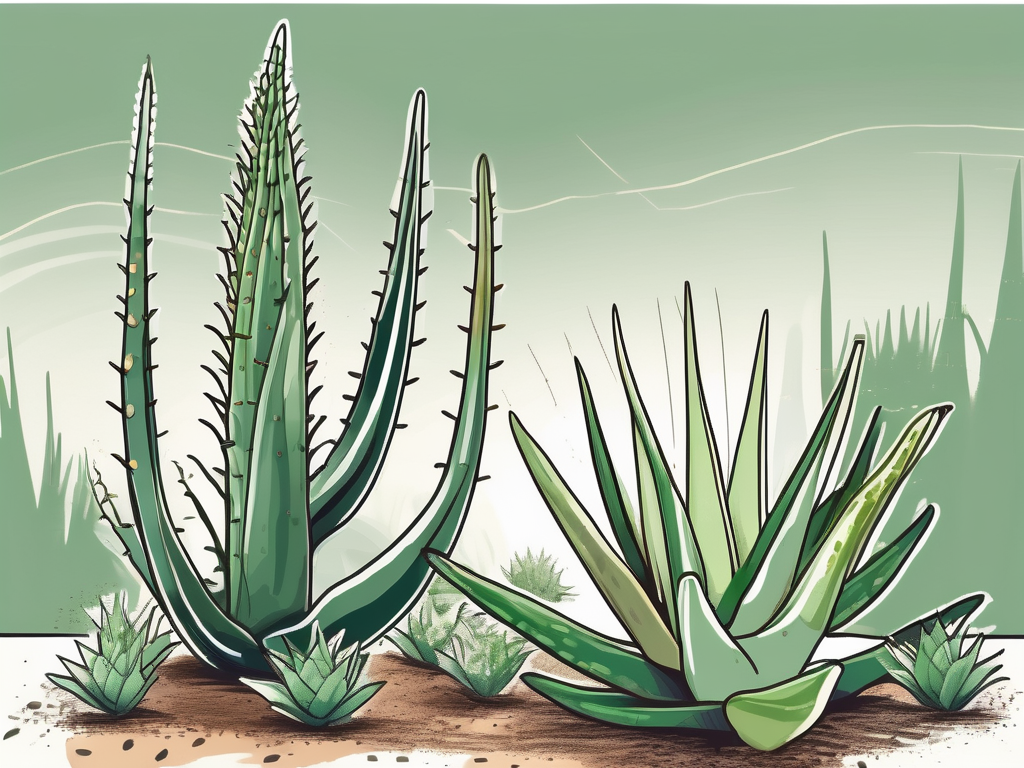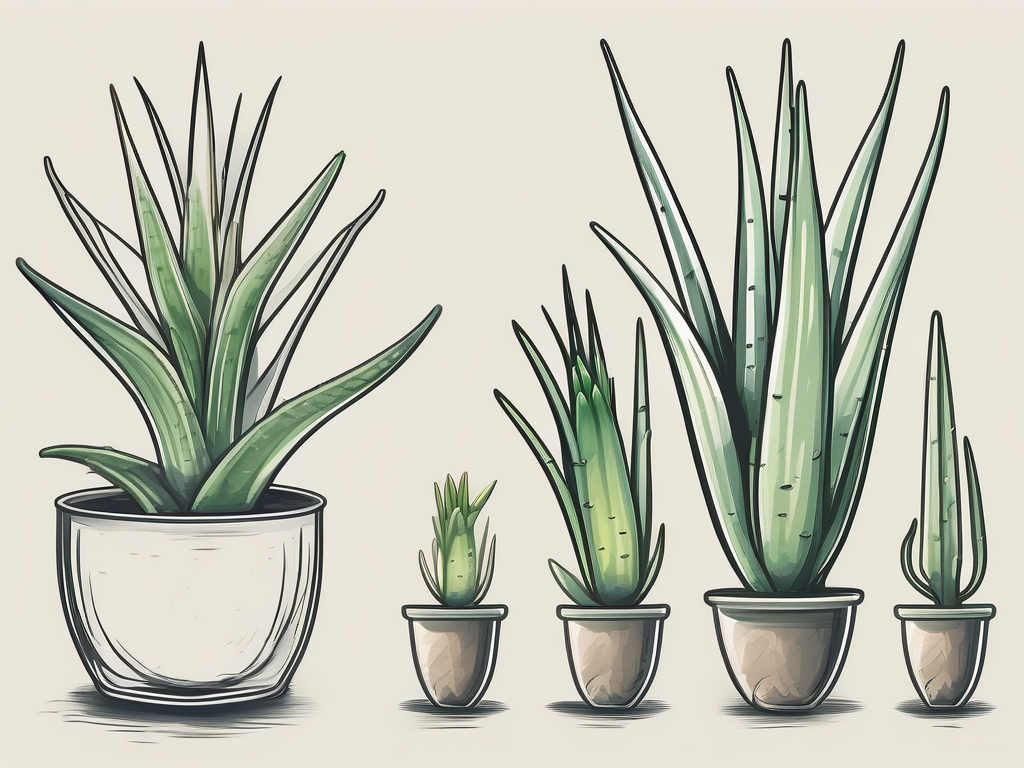
Aloe vera is more than just a plant; it's a living testament to nature's wonder. From its medicinal uses to its aesthetic appeal, aloe vera captivates plant lovers and novices alike. Watching it grow through a time-lapse not only reveals its fascinating life cycle but also deepens our appreciation for this resilient wonder.
In this post, we'll journey through the growth stages of aloe vera, offering insights into its care needs, common challenges, and how you can incorporate it into your home. Whether you're a seasoned plant parent or someone just starting out, there's something here for you.
The Early Days: Aloe Vera's Humble Beginnings
Every grand journey begins with a single step, or in the case of aloe vera, a tiny sprout. Aloe vera starts its life from either a seed or a pup—a smaller offshoot from a mature plant. Both methods have their charm, though starting from a seed is a lesson in patience as it takes time to germinate.
If you're nurturing a pup, you've got a head start. These young plants are essentially clones of the parent plant and will grow faster. When planting a pup, gently remove it from the base of the mother plant, ensuring it has roots attached. Place it in a well-draining potting mix, ideally a cactus or succulent blend, and water sparingly. Overwatering is a common pitfall in these early stages, so less is definitely more.
Seeds, on the other hand, need warmth and moisture to germinate. Place them on the soil surface and lightly cover them. Keep the soil moist but not soggy. It might seem like nothing's happening at first, but trust the process. Given time and the right conditions, you'll see little sprouts emerging, marking the beginning of their journey.
Ensuring the Right Environment
Young aloe vera plants have specific environmental needs. They thrive in warm conditions, so a sunny windowsill is ideal. If you live in a cooler climate, consider using a grow light to provide the necessary warmth and light. Remember, aloe vera hails from arid regions, so mimicking that environment will set your plants up for success.
As your aloe grows, you'll notice its thick, fleshy leaves developing. These leaves store water, making aloe vera drought-tolerant. This resilience is part of what makes aloe vera so appealing to plant people—it's forgiving of a little neglect.
Growth Spurt: The Adolescent Aloe
Once your aloe vera has established itself, you’ll notice a significant change in its growth rate. This is the adolescent phase, where the plant starts to grow more rapidly, and its characteristic rosette shape becomes pronounced. During this stage, providing consistent care is crucial to support healthy development.
Lighting remains a critical factor. Aloe vera loves sunlight, so ensure it's getting at least six to eight hours of bright, indirect light each day. If it’s outside, a spot with some afternoon shade will protect it from scorching. Indoors, rotate the pot occasionally to ensure even light distribution and prevent the plant from leaning towards the light source.
Watering Wisdom
With adolescent growth comes greater water needs, but caution is still necessary. Follow the "soak and dry" method—let the soil completely dry out between waterings. This approach prevents root rot, a common ailment in succulents.
Here’s a handy checklist for watering:
- Check the soil moisture before watering. Stick your finger about an inch deep into the soil; if it feels dry, it's time to water.
- Use room-temperature water to avoid shocking the plant.
- Water deeply until it drains from the bottom of the pot, ensuring the roots receive adequate moisture.
Aloe vera is quite forgiving, so if you occasionally forget to water it, the plant should be fine. However, overwatering can be a death sentence, so err on the side of caution.
Mature Aloe: The Adult Plant
As your aloe vera matures, it's time to appreciate the full beauty of this plant. Mature aloe vera is not only a sight to behold but also offers numerous benefits, from air purification to providing a handy supply of aloe gel for burns and cuts.
At this stage, your aloe vera might produce pups of its own, giving you the opportunity to propagate and expand your collection. When the pups are about one-fifth the size of the parent plant, they can be separated and replanted. This is a rewarding process that allows you to share aloe vera’s charm with friends or spread it throughout your home.
Pruning and Maintenance
Mature plants require some maintenance to keep them looking their best. Pruning is an essential part of this. Remove any dead or damaged leaves by cutting them close to the base. This not only improves appearance but also helps the plant redirect energy to healthy growth.
Additionally, keep an eye out for signs of stress or disease, such as yellowing leaves or soft spots. These can indicate overwatering, pests, or a need for more light. Addressing these issues promptly will keep your aloe thriving.
Decorating with Aloe Vera
Aloe vera isn't just practical; it's also a fantastic addition to your interior decor. Its striking form and vibrant green color can complement a variety of styles, from minimalist to bohemian.
Here are some creative ways to incorporate aloe vera into your home:
- Living Centerpieces: Use a large aloe vera plant as a centerpiece on your dining or coffee table. Its bold shape will draw attention and spark conversation.
- Windowsill Gardens: Group several small aloes with other succulents for an attractive windowsill display.
- Hanging Planters: Place smaller aloes in hanging planters to add dimension to your space. This is particularly effective in kitchens or bathrooms where space might be limited.
Remember, wherever you place your aloe, ensure it receives enough light. It’s a simple yet elegant way to bring nature indoors.
Common Challenges and How to Tackle Them
Like any plant, aloe vera can face its share of challenges. The key is identifying problems early and taking corrective action. Let’s look at some common issues and solutions.
Pests
Aloe vera is generally pest-resistant, but occasionally you might encounter issues with mealybugs or aphids. These pests can be treated with insecticidal soap or a neem oil solution. Regularly inspecting your plants helps prevent infestations from taking hold.
Fungal Issues
Fungal diseases often stem from overwatering or poor air circulation. Ensure your plant has adequate airflow and that you're allowing the soil to dry out between waterings. If you spot mold or other fungi, remove affected areas and consider repotting the plant in fresh soil.
Environmental Stress
Yellowing leaves can indicate several issues, including too much water, not enough light, or temperature fluctuations. Assess your plant’s environment and adjust as needed. Often, simply moving your aloe to a brighter spot can make a significant difference.
Harvesting Aloe Vera Gel
One of aloe vera’s greatest gifts is its gel, known for its soothing properties. Harvesting aloe vera gel is straightforward, but it’s important to do it correctly to keep the plant healthy.
Here’s how:
- Select a mature leaf from the outer section of the plant.
- Use a clean, sharp knife to cut the leaf close to the base.
- Rinse the leaf and let it sit for a few minutes to drain the yellow sap, which can be irritating to the skin.
- Slice the leaf open lengthwise and use a spoon to scoop out the gel.
- Store the gel in an airtight container in the refrigerator for up to a week.
Not only is this process simple, but it also provides you with fresh aloe vera gel for skincare, minor burns, or even adding to smoothies!
Repotting: Giving Your Aloe Room to Grow
As your aloe vera grows, it may outgrow its pot. Repotting is a crucial step to ensure your plant continues to thrive. A general rule of thumb is to repot every couple of years or when the plant looks top-heavy or root-bound.
When repotting, choose a pot that's about two inches larger in diameter than the current one. Ensure it has drainage holes to prevent waterlogged soil. Carefully remove the aloe from its pot, gently loosening the roots. Place it in the new pot with fresh, well-draining soil, and water sparingly for the first few weeks to help it acclimate.
Repotting not only provides more space for growth but also refreshes the soil, replenishing nutrients that might have been depleted over time.
The Joy of Sharing Aloe Vera
One of the most rewarding aspects of growing aloe vera is sharing it with others. Whether you're gifting a pup to a friend or swapping plant care tips, aloe vera has a way of connecting people.
Consider hosting a plant swap with friends or joining local plant groups. Sharing your experiences and learning from others can not only expand your plant knowledge but also your community. Aloe vera, with its easy propagation and care, is a perfect conversation starter and a gateway to deeper plant friendships.
Final Thoughts
Aloe vera is a remarkable plant, offering beauty, utility, and a touch of nature's magic to our homes. From its growth journey to its myriad uses, aloe vera is a staple for any plant lover.
At Cafe Planta, we're passionate about helping you care for your plants. Our variety of houseplants, accessories, and apparel is designed to inspire and support plant lovers of all levels. If you have questions or need advice, don't hesitate to email us or send a message on Instagram. Let's grow together!













